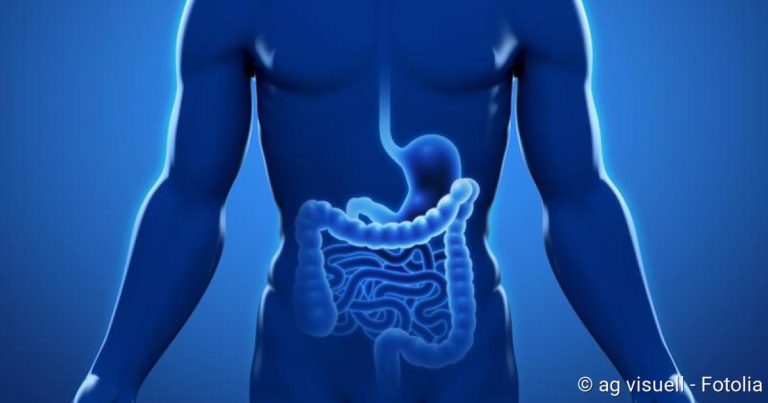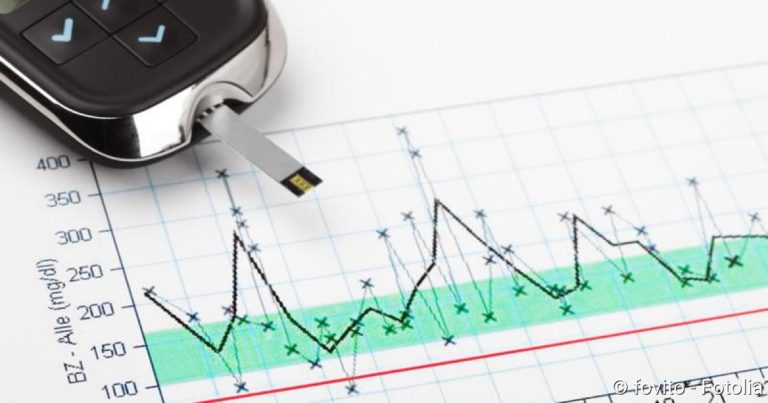Sacroiliac joint syndrome: Diagnosis, treatment, prognosis
Sacroiliac joint syndrome: Diagnosis, treatment, prognosis
The sacroiliac joint syndrome describes a disease of the lower spine and pelvis. The sacroiliac joint connects the spine with the pelvis. Signs of wear and tear, incorrect strain or accidents can be the cause of sacroiliac joint syndrome and lead to pain. Read more about the signs and treatment of sacroiliac joint syndrome here.
Sacroiliac joint syndrome : Description
The sacroiliac joint connects the lower spine (Os sacrum) with the pelvis (Os ilium). It is only slightly mobile, is secured by a strong ligamentous apparatus and cannot be actively moved. Physicians refer to such a joint as amphiarthrosis.
If the joint surfaces are tilted, the sacroiliac joint syndrome develops. Often, incorrect stress on the joint causes sacroiliac joint syndrome, and it also occurs more frequently during pregnancy, causing sacroiliac joint syndrome pain.
Degenerative changes in the sacroiliac joint are common with increasing age, but do not usually cause pain.
Sacroiliac joint syndrome: Symptoms
Patients withsacroiliac joint syndrome mainly have pain in the sacroiliac joint. Sacroiliac joint syndrome pain usually occurs in attacks and when bending or twisting the trunk. Even when walking, after long physical exertion or after sitting in a certain position for a long time, those affected suffer from the typical complaints.
This causes the joint surfaces of the joint to tilt, resulting in a so-called sacroiliac joint syndrome blockage. This blockage causes both sacroiliac joint syndrome pain on the affected side and pain that can radiate from the lower back, through the buttocks, down the back thigh to the knee. These radiating sacroiliac joint syndrome pains are similar to complaints that can also occur with herniated discs. The doctor will take this into account when making a diagnosis.
Some patients report pain in the lower abdomen and in the groin area caused by tension of the lumbar iliopsoeal muscle (Musculus iliopsoas).
Sacroiliac joint syndrome: Causes and risk factors
Sacroiliac joint Syndrome: Incorrect stress and the activation of pain receptors
ISG syndrome is often caused by tension or pressure on the ligamentous apparatus of the sacroiliac joint. These are caused, for example, by poor posture, heavy lifting or overweight. Inflammatory reactions triggered by this cause pain and transmit this information via pain receptors (nociceptors) via the spinal cord to the brain. The pain receptors of the sacroiliac joint are particularly active in sacroiliac joint syndrome.
In sacroiliac joint syndrome, the therapist will therefore correct the causes, such as incorrect strain, and also reduce the activity of the nociceptors.
sacroiliac joint syndrome: Diseases as triggers
In ankylosing spondylitis, a chronic inflammatory disease of the spine and pelvis, remodelling processes occur in the spine and inflammatory processes occur. This can trigger an ISG syndrome and cause complaints.
Sacroiliac joint syndrome in pregnancy
Due to the hormonal changes during pregnancy, the ligaments loosen and can trigger an sacroiliac joint syndrome. Because the ligamentous apparatus loses stability and the sacroiliac joint is less able to withstand pressure loads, the back muscles take on a stabilizing function. This tenses the muscles and causes pain.
Sacroiliac joint syndrome: examinations and diagnosis
Anyone who has pain in the sacroiliac joint should consult a doctor. Initially, many patients are treated by their family doctor, later they are usually referred to an orthopaedic surgeon. If you have pain in the sacroiliac joint, your doctor will first ask you the following questions, among others, to obtain information about your medical history (anamnesis):
- When did the pain first appear?
- Where exactly is the pain?
- Does the pain radiate, for example into the leg?
- How does the pain feel? Like a burning or stabbing, for example?
- What previous illnesses do you suffer from?
- Are hereditary diseases known in your family?
- Did you fall?
- Do you have a fever?
Sacroiliac joint syndrome: Physical examination
Your doctor will then examine you physically. In doing so, it shall carry out, inter alia, the following investigations:
- Test for knocking pain: Your doctor palpates and palpates the spinous processes of the spine one by one. Pain may indicate a fractured vertebra. In ISG syndrome, the spine normally does not hurt. Pain tends to occur on the side of the spine at the lower back.
- Preliminary phenomenon: You stand with your back to the doctor, who places his thumbs on the two sacroiliac joints. Then bend forward. In case of ISG irritation, the thumb on the affected side is pulled earlier into the flexion.
- Mennell’s sign: You are lying on your stomach and the doctor fixes the sacroiliac joint with one hand. With the other hand he lifts your leg. If you feel pain in the joint, the Mennell sign is positive and indicates ISG syndrome.
- Sign of four (Patrick test): You lie on your back. Now lead the right heel to the left knee and let the bent right leg fall to the right side. If you now look at your legs from above, they form the number four. The test is then performed on the opposite side. In case of pain or limited mobility, this indicates involvement of the hip or sacroiliac joint.
Sacroiliac joint syndrome: Further diagnosis
Normally no blood tests are necessary. If you have chronic low back pain before the age of 45, your doctor may take blood samples to have them tested in the laboratory for signs of Bekhterev’s disease.
In addition to an X-ray examination, a computer tomography (CT) can detect possible vertebral fractures or dislocations.
Sacroiliac joint syndrome: These diseases must be excluded
From a possible ISG syndrome, the doctor must distinguish other diseases that can also cause ISG pain. These include:
- Broken bones
- Tumours (for example cancer of the spine)
- Infections
- Nerve damage (for example in case of a herniated disc)
- Ankylosing spondylitis
- Psychologically induced back pain
- Hip diseases (for example hip joint arthrosis)
Sacroiliac joint syndrome: Treatment
Sacroiliac joint syndrome: Exercises relieve the symptoms
Physical activity is an important aspect in the successful treatment of sacroiliac joint syndrome. Therefore move sufficiently, even if you have complaints. Accompanying physiotherapeutic treatment with special sacroiliac joint exercises to relieve the joint can help you achieve this.
Sacroiliac joint syndrome: Infiltration Therapy
In infiltration therapy, the doctor injects narcotic drugs (local anaesthetics) directly at the site of the pain. The local anaesthetics are either injected into the ligamentous apparatus of the sacroiliac joint or directly into the joint space. It is often sufficient to shut down the pain receptors in the ligaments in this way, otherwise the doctor injects the drug directly into the joint under X-ray control.
In addition to local anaesthetics, anti-inflammatory and pain-relieving glucocorticoids, such as cortisone, can also be injected.
Sacroiliac joint syndrome blockade: Therapy through mobilisation or manipulation
Specially trained doctors or physiotherapists can release joint blockages by manual therapy. Two different methods are used:
- Mobilization: Careful stretching improves the mobility of the affected joint.
- Manipulation: Through short force effects (impulses) on the affected joint, especially a newly occurring ISG syndrome can be treated.
Sacroiliac joint syndrome: Additional treatment options
Heat treatment can also help to alleviate ISG complaints. Use heat plasters from the pharmacy, hot water bottles or infrared lamps.
Pain-relieving medications such as ibuprofen or diclofenac belong to the so-called non-steroidal anti-inflammatory drugs (NSAIDs) and are often not very effective in ISG syndrome.
Sacroiliac joint syndrome: course of disease and prognosis
The prognosis for sacroiliac joint syndrome varies greatly from individual to individual. In most cases, a newly occurring condition of this type can be well treated. Spontaneous improvements are also common. A longer lasting condition is often difficult to treat and the symptoms persist. Treatment of this condition is particularly difficult in younger patients.





